4 Tips For Exercising After Spine Surgery

Recovering from many types of spine surgery, particularly surgeries that use minimally invasive techniques, can take anywhere from four to six weeks depending upon a number of factors. However, there is a universal truth to spine surgery recovery: your recovery will go more smoothly and be more complete if you engage in a regular regimen of safely exercising your back.
For optimal recovery, here are some exercises that are commonly recommended to help spinal surgery patients to recover their strength and mobility. This is not medical advice; It’s always best to consult your physician about the specific exercises that are right for you.
1: Heel Slides
Heel slides are one of the best exercises to rehabilitate your spine after spine surgery, such as artificial cervical disc replacement. To perform this exercise, start by lying on your back. If you feel uncomfortable lying on the floor, consider buying a yoga mat or performing this exercise while lying on your bed.
Once you’re in a comfortable prone position, bend and straighten one knee slowly 10 times. Then, repeat the process using the other knee.
2: Wall Squats
Wall squats are another great exercise to incorporate into your post-spinal surgery recovery routine. Before you start, lean your back against a wall. Then, slowly slide your feet one foot forward. Once your feet are 12″ away from your body, tighten your core and bend your knees very slowly until they are at a 45-degree angle. Remain in this position for five seconds, return to the starting position slowly, and repeat. Generally, this exercise should be completed 10 times in a row.
3: Straight Leg Raises
Straight leg raises are the perfect spinal surgery recovery exercise, especially after a lateral lumbar interbody fusion. To perform this exercise, lie flat on your back on the floor (if necessary, with a yoga mat, as above). Bend one knee, allowing the other leg to remain straight. To stabilize your lower back, tighten your upper and lower abdominal muscles.
Lift the straight leg up somewhere between 6″ and 12″ off of the ground, and hold your straight leg above the ground for one to five seconds. Lower your straight leg slowly while keeping your core stabilized, and repeat 10 times. Then, work on the other side.
4: Hamstring Stretch
You should also strongly consider stretching your hamstrings after a spinal procedure such as vertebroplasty or kyphoplasty. Start by lying on your back with bent legs. Raise one leg up and, with your hands, pull it toward you. Slowly straighten the knee you’re holding until you can feel your hamstrings stretch, and hold for 20 seconds. Then, repeat the process with the other leg.
As a general rule, you should aim to exercise for a total of 10 to 30 minutes at a time, somewhere between one and three times per day. In addition to these exercises, after lumbar disc microsurgery and other procedures, your back can also benefit from walking on a treadmill or spinning on a stationary bike.
Heel slides, wall squats, and straight leg raises, though they seem basic, are some of the most effective rehabilitative exercises to incorporate into your spinal surgery recovery routine. By diligent effort, you can restore maximum mobility in one to one-and-a-half months, although it may take up to a year to recover fully. For more information on spine surgery and how to speed up your recovery, contact us today at St. Charles Spine Institute.
